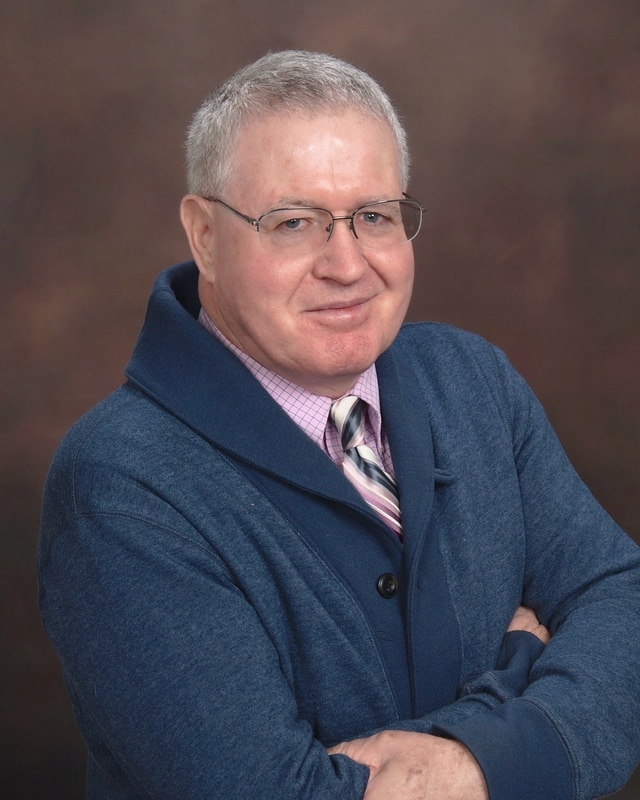is a quote from the sacral torsion chapter I wrote acknowledging his influence
on my work. He has influenced many.
"I wish to express a debt of gratitude to the osteopathic profession, and in
particular to Philip Greenman, DO, who greatly influenced my development as a
hands-on clinician. I hope my reinterpretation honors your vision and your
body of work."
Philip E. Greenman, D.O. Philip E. Greenman, D.O., passed away on
February 5, 2013 in Tucson, AZ due to complications of pneumonia. Dr. Greenman
was born on February 25, 1928 in Deposit, NY, the only son of Joseph and Thelma
Greenman, and was a 1952 graduate of the Philadelphia College of Osteopathic
Medicine. He was in private practice in Buffalo, New York for almost twenty
years before accepting a position at Michigan State University in East Lansing,
MI in 1972, where he served as Professor and Associate Dean of the College of
Osteopathic Medicine before retiring to Tucson in 2004. Dr. Greenman authored a
noted medical textbook and was internationally known for his work and research
in the field of manual medicine. He is survived and fondly remembered by his
wife of 63 years, Patricia Bingham Greenman, his sons John and Jeffrey,
daughters-in-law Laura and Janet, and grandchildren Elizabeth, Alexander, Emily,
Matthew and Andrew. A memorial service will take place at Grace/St. Paul's
Episcopal Church in Tucson at a later date. Memorial gifts would be welcomed for
the Philip E. Greenman Endowed Residency (AS040) by sending a check payable to
"Michigan State University" to MSU College of Osteopathic Medicine, 965 Fee
Road, Room A310, East Lansing, MI 48824.

 RSS Feed
RSS Feed